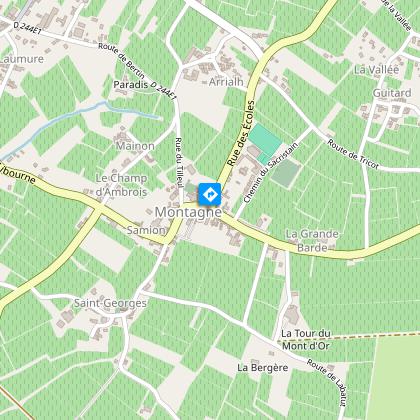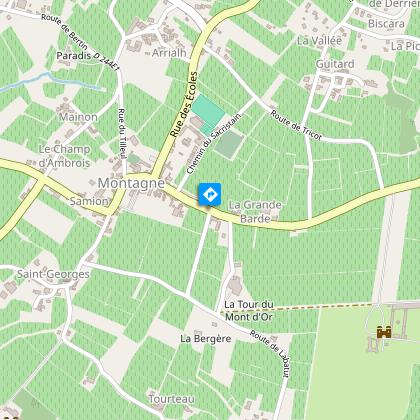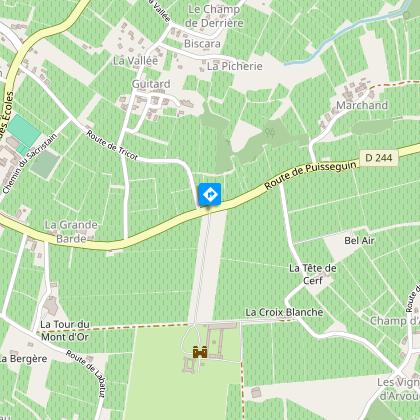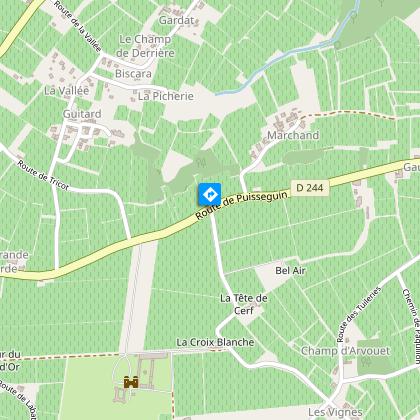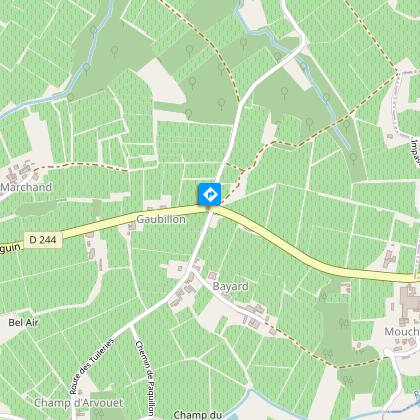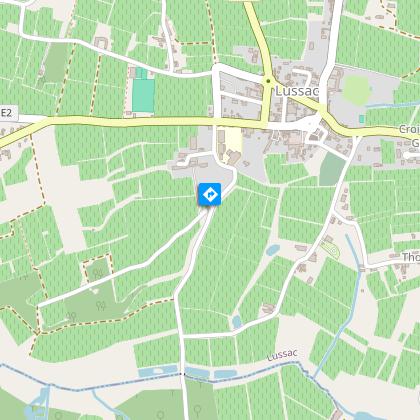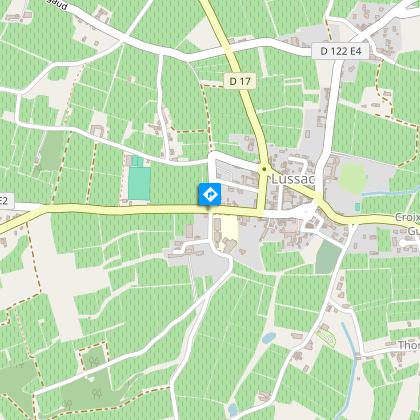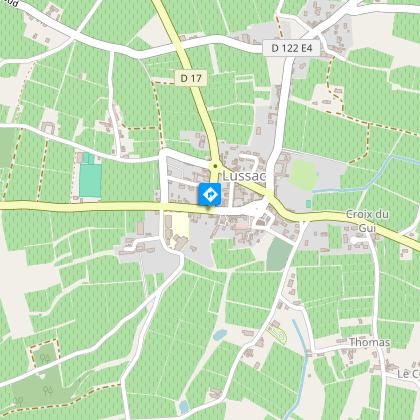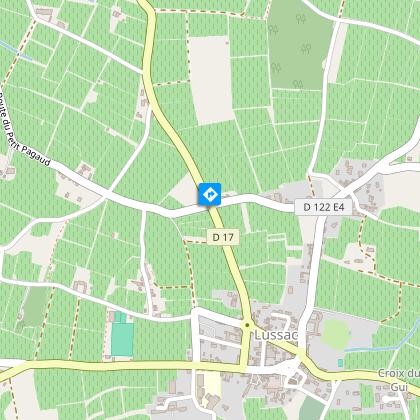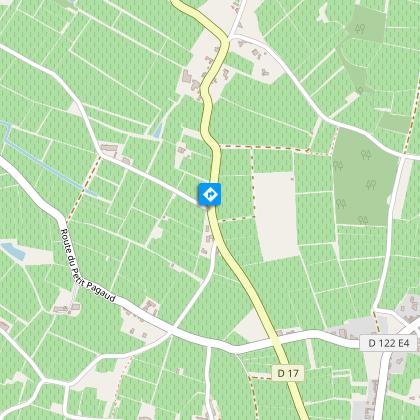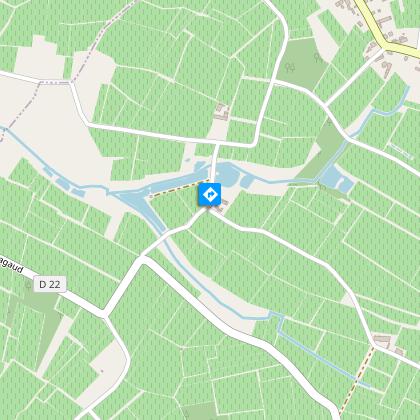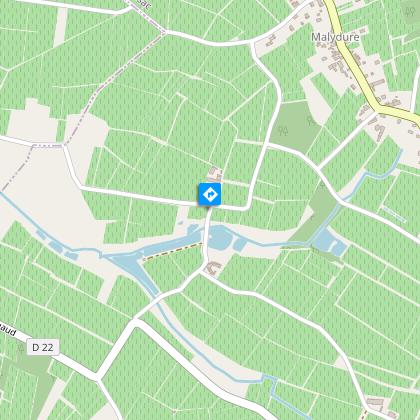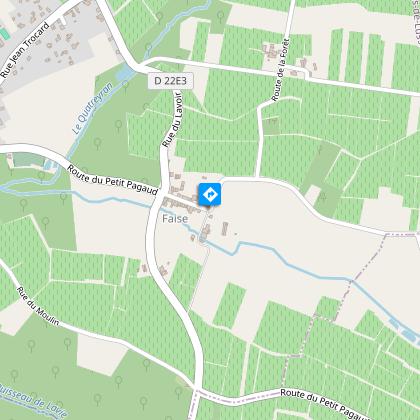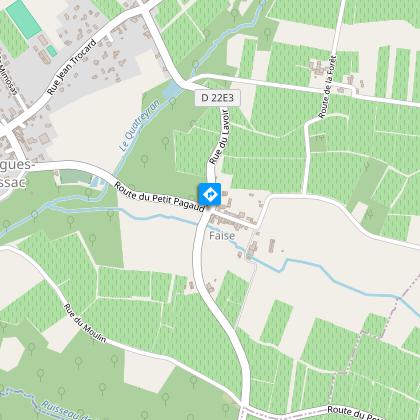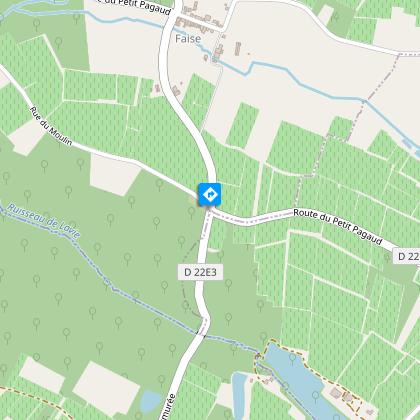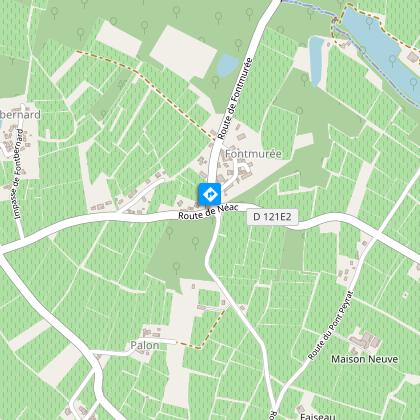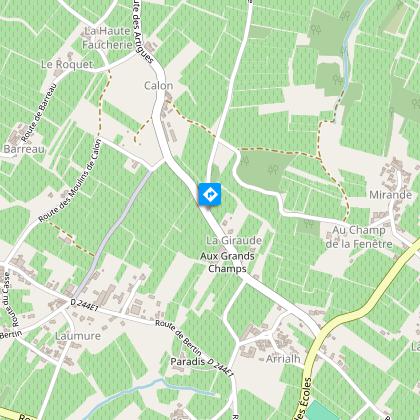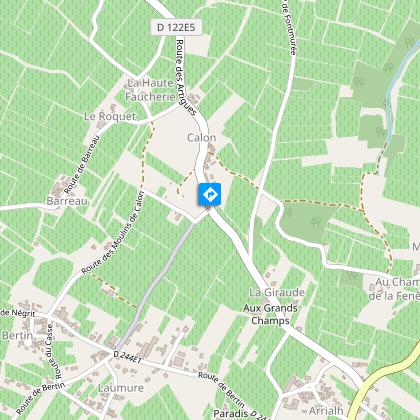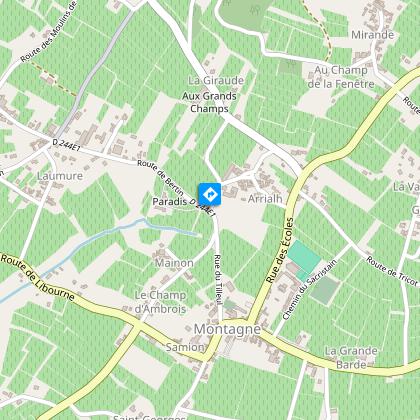Alert
Alerts
Boucle vélo: Histoire et patrimoine autour de Montagne





IGN cards

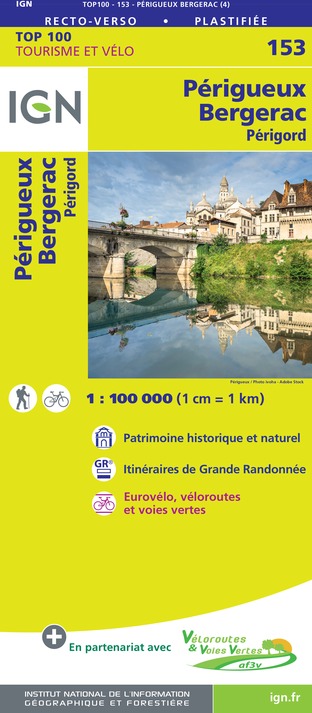




Description
Take a walk through the Lussac vineyards and discover the history of this region, going back in time from prehistory to the 20th century. On this fairly flat 15km walk, you'll see the Picampeau Menhir, the Faise Abbey, the Calon Mills and the Libourne Ecomuseum.
Technical Information
Altimetric profile
Starting point
Steps
Points of interest
Additional information
Typologie de l'itinéraire
Loop
Thèmes
Cultural
Historical
Contact
Fixed telephone : +33 5 57 55 28 28
Telefax / fax : +33 5 57 55 28 29
e-mail : accueil@saint-emilion-tourisme.com
Web site (URL) : saint-emilion-tourisme.com
Animaux bienvenus ?
Oui
Durée moyenne de l'expérience
1 to 2 hours
